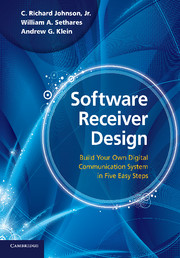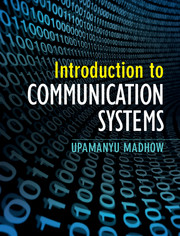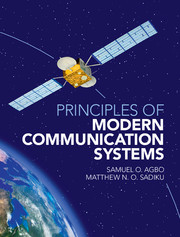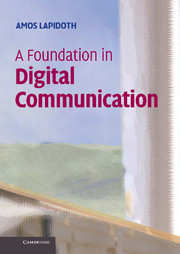Software Receiver Design
Have you ever wanted to know how modern digital communications systems work? Find out with this step-by-step guide to building a complete digital radio that includes every element of a typical, real-world communication system. Chapter by chapter, you will create a MATLAB realization of the various pieces of the system, exploring the key ideas along the way, as well as analyzing and assessing the performance of each component. Then, in the final chapters, you will discover how all the parts fit together and interact as you build the complete receiver. In addition to coverage of crucial issues, such as timing, carrier recovery and equalization, the text contains over 400 practical exercises, providing invaluable preparation for industry, where wireless communications and software radio are becoming increasingly important. A variety of extra resources are also provided online, including lecture slides and a solutions manual for instructors.
- Learn how to construct the various pieces of a typical communication system
- Analyze and assess the performance of each component
- Put all the pieces together by building a fully functioning software receiver
Product details
No date availablePaperback
9780521189446
480 pages
244 × 168 × 28 mm
0.77kg
235 b/w illus. 9 tables 421 exercises
Table of Contents
- Part I. The Big Picture:
- 1. A digital radio
- Part II. The Basic Components:
- 2. A telecommunication system
- 3. The six elements
- Part III. The Idealized System:
- 4. Funny things
- 5. Analog (de)modulation
- 6. Sampling with automatic gain control
- 7. Digital filtering and the DFT
- 8. Bits to symbols to signals
- 9. Stuff happens
- Part IV. The Adaptive Components:
- 10. Carrier recovery
- 11. Pulse shaping and receive filtering
- 12. Timing recovery
- 13. Linear equalization
- 14. Coding
- Part V. Putting it All Together:
- 15. Make it so
- A. Transforms, identities, and formulas
- B. Simulating noise
- C. Envelope of a bandpass signal
- D. Relating the Fourier transform to the DFT
- E. Power spectral density
- F. The Z-transform: difference equations, frequency responses, open eyes, and loops
- G. Averages and averaging
- H. The B3IG transmitter.







